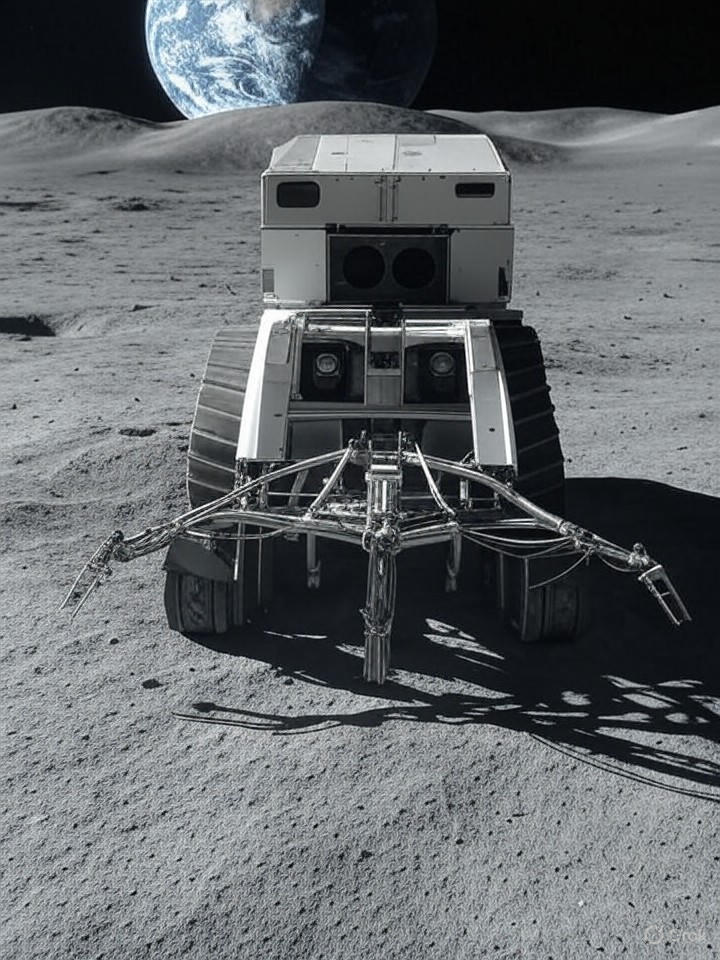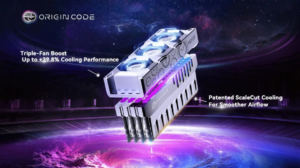
A pioneering mining company, Interlune, has announced the discovery of significant deposits of helium-3 on the lunar surface, aiming for the first commercial extraction by 2028. This isotope, which could transform sectors from clean energy to quantum computing, has sparked growing interest in the commercial viability of space mining. The announcement highlights the urgency and competition among nations and private enterprises to explore the moon’s untapped resources.
The company claims to have identified helium-3 reserves using advanced surveying techniques. This rare isotope, more abundant on the moon than on Earth, is produced by billions of years of solar wind exposure. Unlike helium-4, the more common form, helium-3 is non-radioactive and holds promise for nuclear fusion reactors, potentially leading to waste-free energy solutions. Industry experts estimate the value of helium-3 at up to $20 million per kilogram, driven by high demand in technology sectors.
The Geopolitical Stakes in Lunar Resource Race
This development occurs within a context of increasing rivalry among superpowers, particularly the United States and China, both of which are vying for dominance in lunar exploration. According to a report from Space.com, Interlune’s ambitions align with broader goals to secure helium-3 for applications in quantum computing, where it acts as a crucial coolant for maintaining ultra-low temperatures. The startup has already secured agreements, including one to supply up to 10,000 liters of extracted helium-3, which indicates early market confidence.
Interlune has taken practical steps toward this ambitious goal, unveiling a prototype harvester capable of processing 110 tons of lunar soil per hour, as reported by The Washington Post. This machinery aims to address the challenges of lunar extraction operations, including extreme temperature fluctuations and a lack of atmosphere, while minimizing the environmental impact on the moon’s surface.
Technological Innovations Driving Extraction Feasibility
Beyond its energy applications, helium-3 is also valuable in medical imaging and supercomputing—fields where its scarcity on Earth has driven prices high. A piece in Forbes details how Interlune is developing robotic systems for autonomous mining, with operations potentially set to commence by 2028. This timeline aligns with NASA’s Artemis program and China’s Chang’e missions, which could provide necessary infrastructure for transportation and processing of lunar materials.
Despite the promise of lunar helium-3, challenges remain. High costs associated with space travel and the economic feasibility of transporting materials back to Earth pose significant hurdles. Proponents argue that in-situ resource utilization, which involves using lunar materials for constructing habitats or fuel depots, may help offset these expenses. As noted by Interesting Engineering, global superpowers view helium-3 as “moon gold,” with Russia also expressing interest in lunar mining, which could alter the dynamics of energy geopolitics.
Financially, the venture is attracting considerable investment. Interlune has raised funds to deploy multispectral cameras for accurate resource mapping, according to Autoevolution. A partnership with quantum cryogenics firm Bluefors, reported by Gizmodo, represents one of the largest contracts for space resources to date, emphasizing helium-3’s potential to advance computational power.
Ethical considerations regarding the mining of lunar resources also play a significant role in the conversation. Questions surrounding equitable access under the Outer Space Treaty arise, with critics warning of a new form of colonialism. However, supporters argue, as noted in publications from the European Space Agency, that the technological benefits derived from helium-3 could lead to safer fusion energy, which may help combat climate change.
Looking ahead, the successful mining of helium-3 could ignite a broader space economy that encompasses the extraction of water ice, rare earth minerals, and oxygen from lunar soil. Insights from 21st Century Tech Blog suggest that this could support permanent lunar settlements, reducing reliance on Earth-supplied resources. For those within the industry, the key metric will be scalability. If Interlune’s prototypes can prove effective, it may attract billions in investment, fundamentally changing the landscape of space exploration from a scientific endeavor to a profitable commercial venture.
In summary, this lunar initiative represents a significant shift in how humanity approaches resource extraction beyond Earth. As extraction technologies advance, the dream of tapping into cosmic resources becomes increasingly tangible, with the potential to profoundly impact technological development on Earth.







